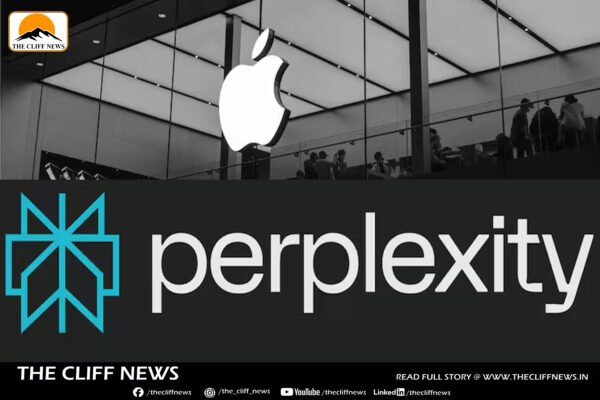The world will witness a groundbreaking moment in astronomy on June 23, when the first images from the Vera C. Rubin Observatory—perched high atop Cerro Pachón in Chile—are unveiled. The global reveal will be celebrated with a gala event in Washington, D.C., hundreds of watch parties across continents, and widespread excitement, particularly at the University of California, Santa Cruz, whose researchers have been instrumental in the observatory’s journey from concept to reality. This “First Look” event marks the culmination of a $810 million international effort spanning over a decade. The Rubin Observatory, a pioneering facility unlike any before it, was designed to collect the most expansive astronomical dataset ever produced, enabling transformative research into the deep and dynamic universe. Importantly, its mission also includes making this data broadly accessible and engaging the public in the scientific process. A Giant Eye on the Sky At the heart of the observatory is the Simonyi Survey Telescope, boasting an 8.4-meter primary mirror and the largest digital camera ever constructed—a 3,200-megapixel behemoth weighing about as much as an SUV. Built and assembled at the SLAC National Accelerator Laboratory, the camera was installed in early 2025 and will fuel the Legacy Survey of Space and Time (LSST), an unprecedented, decade-long project that will scan the southern night sky repeatedly. The LSST aims to produce an ultra-high-definition time-lapse of the universe, capturing everything from distant galaxies and dark matter effects to nearby asteroids, variable stars, and supernovae. It’s a “living movie” of the cosmos—set to reshape humanity’s understanding of space and time. UC Santa Cruz at the Forefront The reveal of the first images is particularly meaningful for UC Santa Cruz, a key academic partner in the Rubin Observatory’s development. Professor Steven Ritz, a leading physicist at the Santa Cruz Institute for Particle Physics (SCIPP), led the team responsible for all image products being shown at the First Look event. Ritz, who joined the project in 2013 as Camera Project Scientist and later became Project Scientist for construction, has played a pivotal role throughout the observatory’s evolution. “This project is another great example of strong collaboration between university groups and national laboratories,” Ritz said. “It’s been a privilege to work with so many talented individuals to build facilities that will drive forward fundamental science—and it’s an incredible opportunity for our students.” Ritz is also an active member of the LSST Dark Energy Science Collaboration (DESC), contributing to studies that aim to uncover the nature of dark energy and dark matter using LSST data. A Legacy of Contribution The Rubin Observatory has long been intertwined with UC Santa Cruz. Adjunct professor Terry Schalk, now retired, was the first UCSC researcher involved, developing the early camera control system. His work is being carried forward by SCIPP’s Al Eisner, who continues to advance the software systems that enable the telescope’s precision observations. Over the years, a diverse team of UCSC faculty have contributed to multiple facets of the observatory, including: As the Rubin Observatory prepares to formally begin its LSST mission in late 2025, the unveiling of its first images on June 23 promises to be a milestone moment for astronomy—and a point of pride for UC Santa Cruz and the global science community alike.










